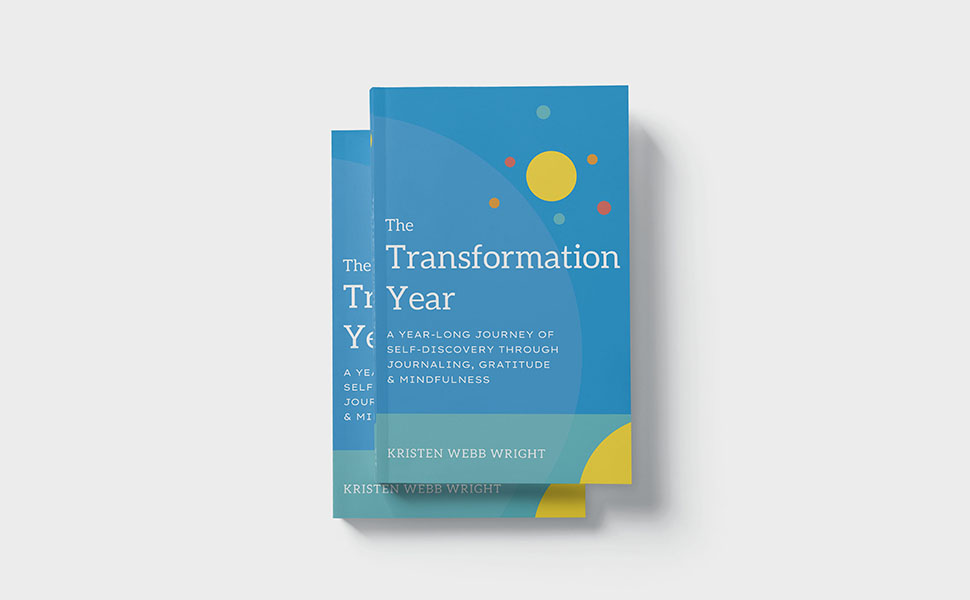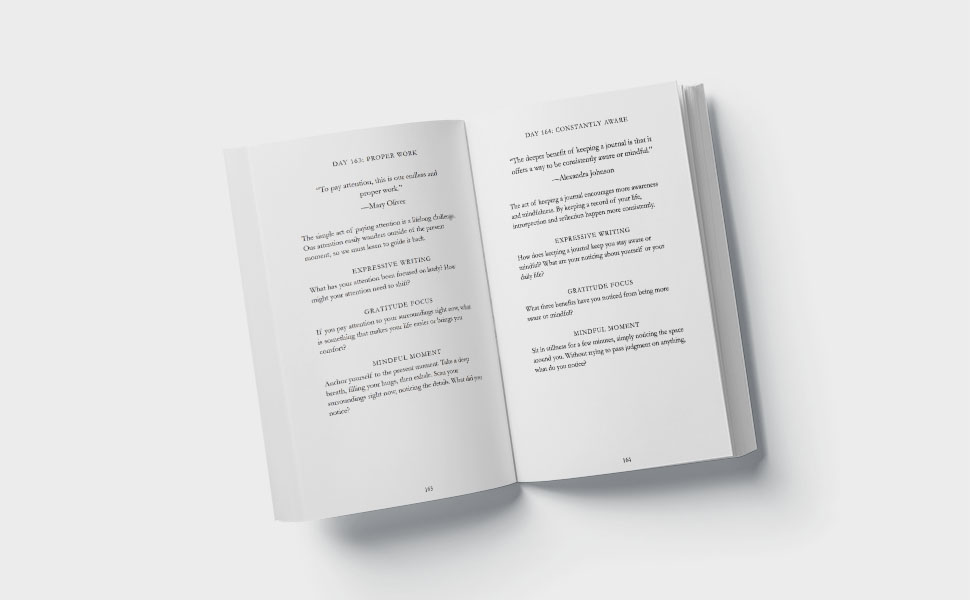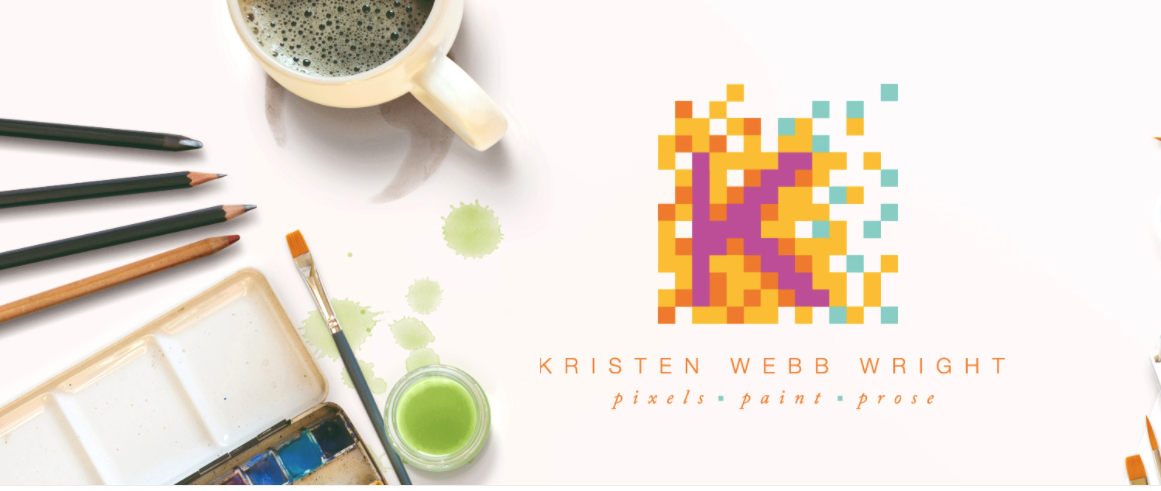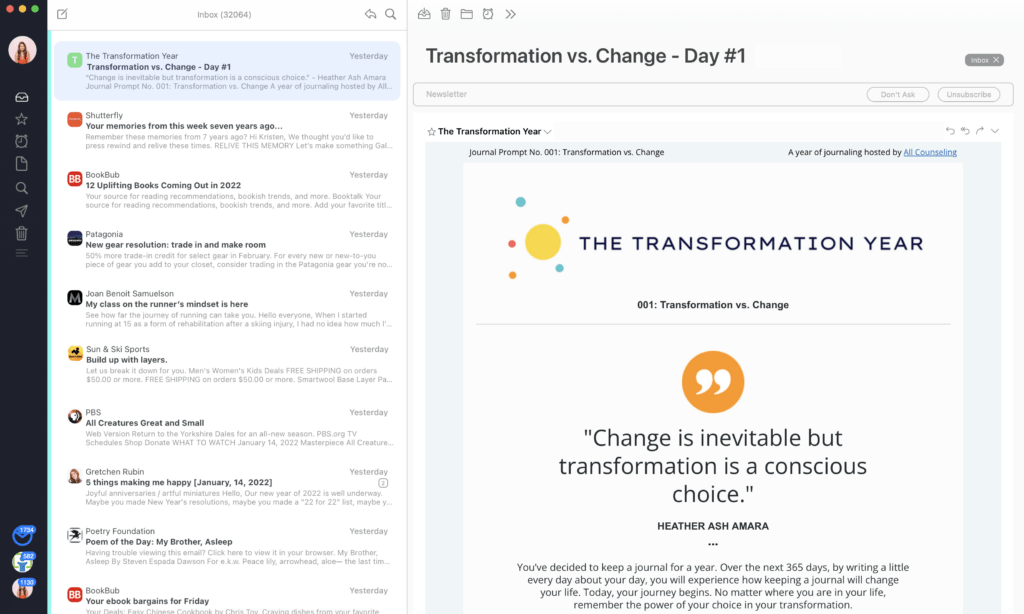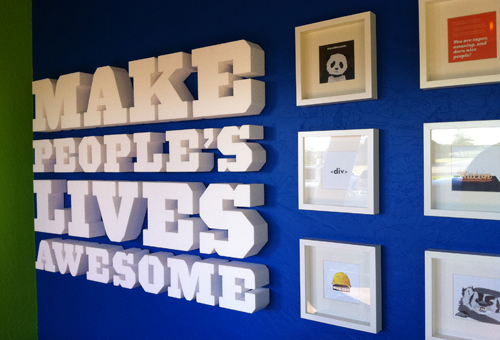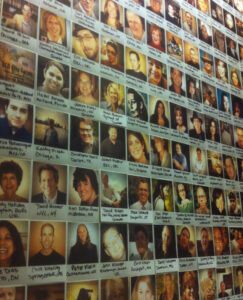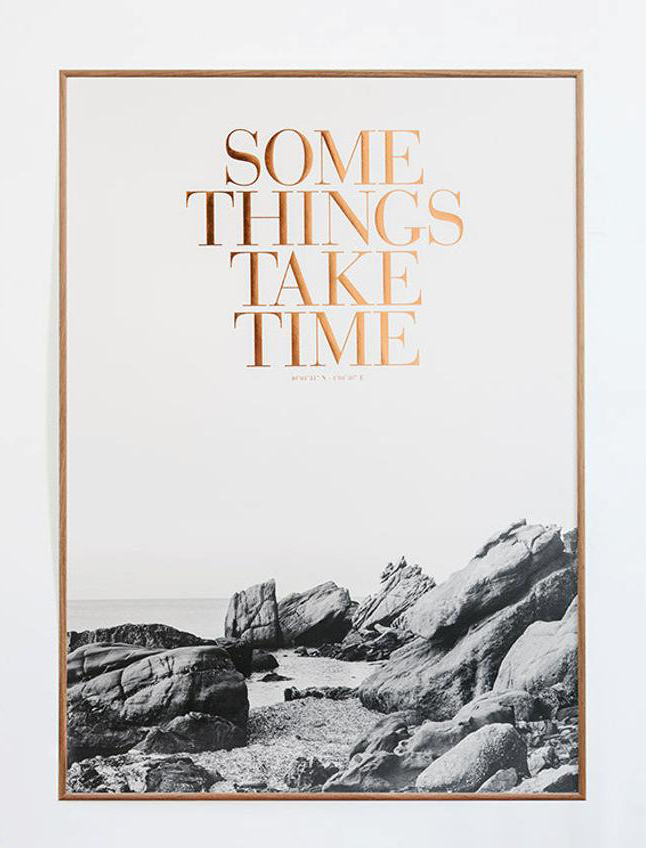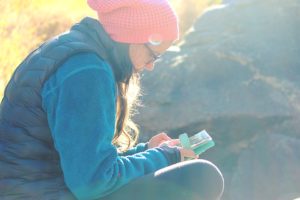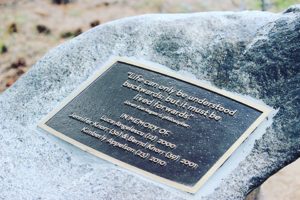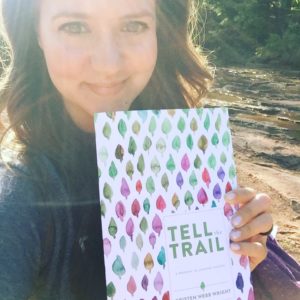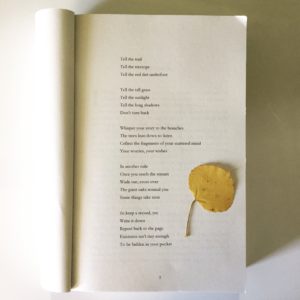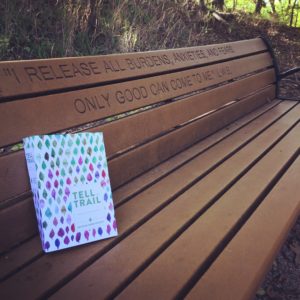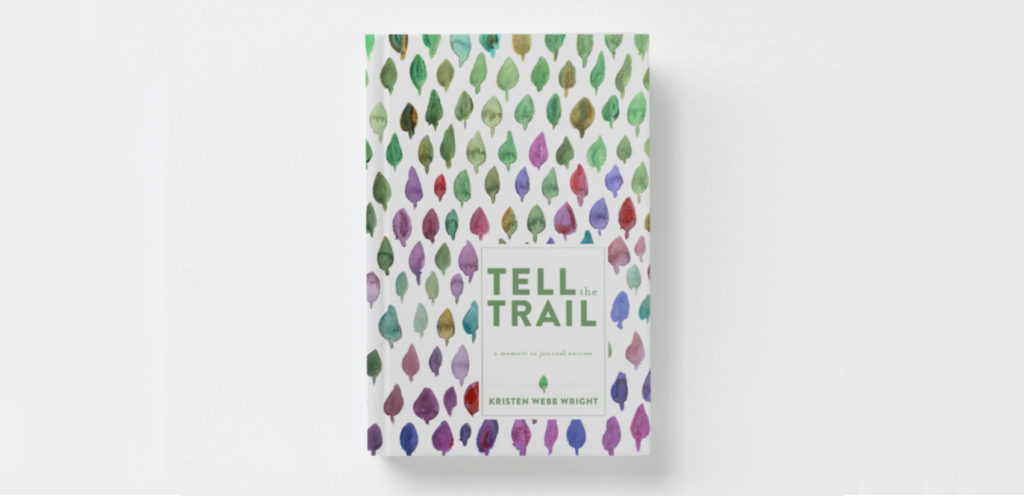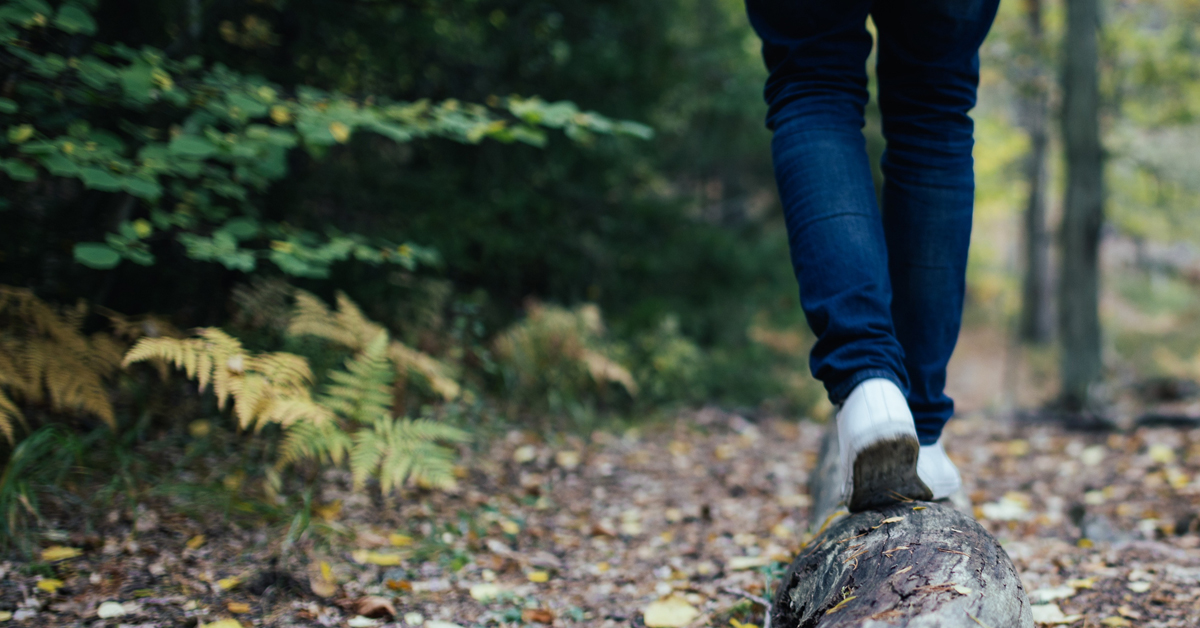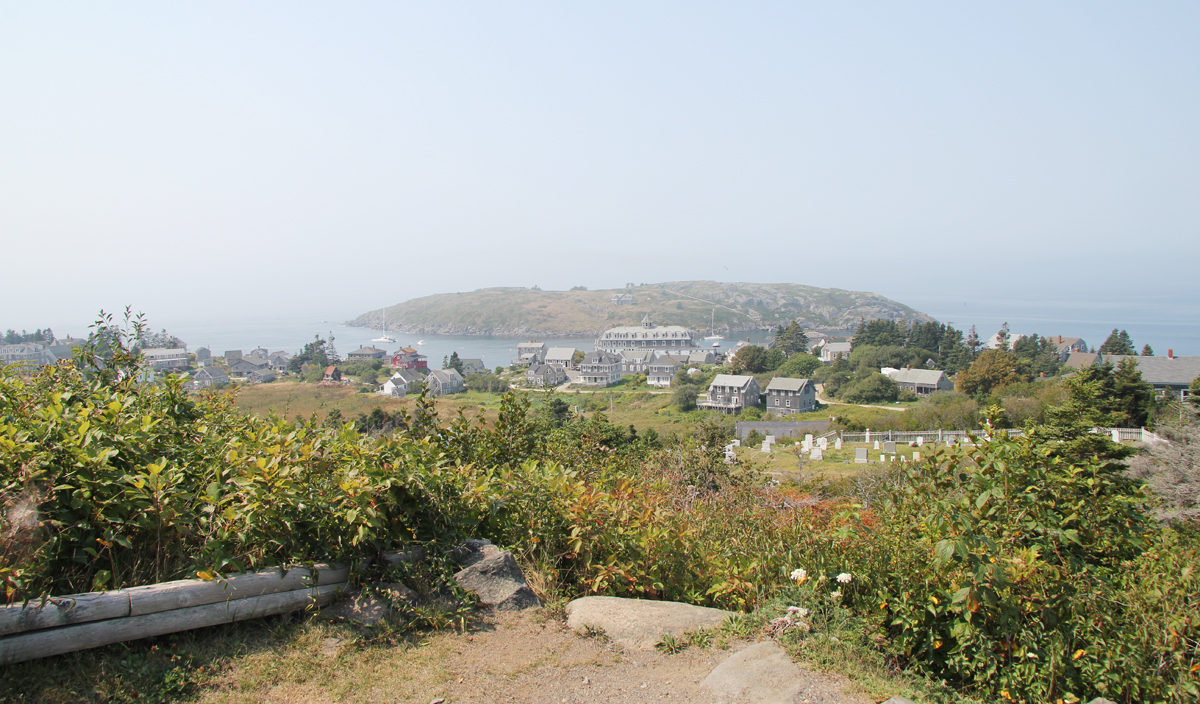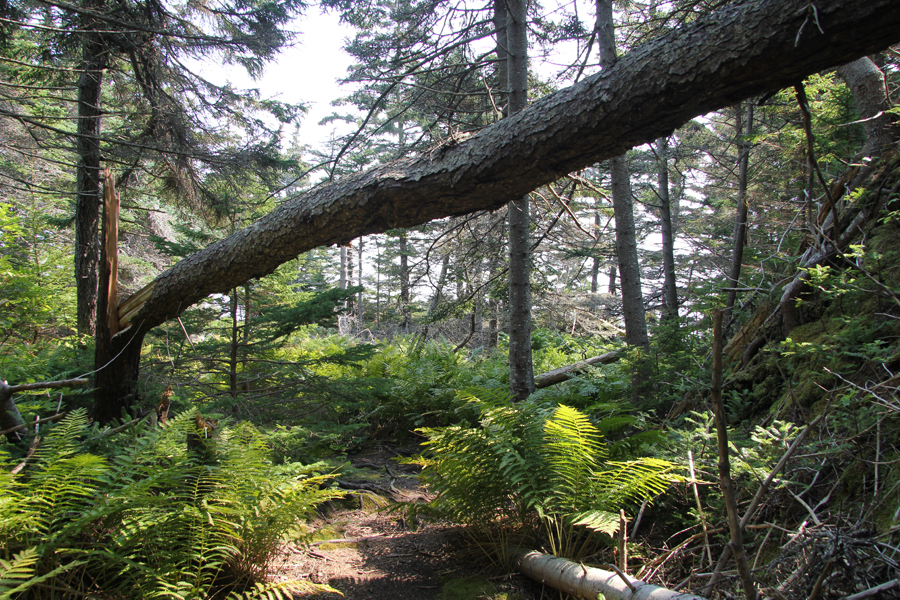It’s no secret that I believe in the transformative power of journaling. But I’ll admit: I’ve tended to segment my professional life out of my journals, keeping them mainly as a space for personal reflection and exploration.
Six months ago, I was honored to step into the role of Interim Marketing Director for Day One Journal. This time not only deepened my commitment to journaling, but also reshaped my approach to it. I discovered how my journal transformed into a crucial tool for managing anxieties, anchoring my daily routine, and sharpening my focus.
My journal, once a simple refuge for thoughts and memories, became a strategic asset, helping me navigate the complexities of leadership and enhancing my productivity in a way I hadn’t anticipated.
Beyond Freewriting: Embracing Structure in My Journal
In the past, my journaling method has been predominantly freewriting—usually about the events of my day, what I hoped to remember. This method of journaling provides a certain freedom and creative expression, but also has its limitations.
Specifically, my past journals rarely touch on the multifaceted challenges of my work life. Freewriting is satisfying for personal exploration, but I wasn’t leveraging journaling’s potential to enhance my effectiveness at work or tackle the nuanced challenges I face in my career.
After interviewing many Day One power users, some of whom have maintained daily journaling streaks spanning years, a common thread emerged: structured journaling. These users didn’t just journal; they did so with precision, using tailored questions and prompts.
This insight inspired me to rethink my own approach to journaling. Was I really getting the most from only freewriting in my journal?
My time as an interim lead provided me with a fresh start, a chance to try a more structured and strategic journaling approach. And by adopting a template-driven method, I began to ask myself the same pivotal questions each day, systematically addressing key aspects of my personal growth and professional development.
What I’ve Learned Through Structured Journaling
Each morning, before the rush of tasks and meetings, I spend time with my journal. I block a full hour off in my calendar, granting myself that time as a non-negotiable commitment to reflection and planning.
I’ll admit—I was nervous about dedicating such a significant portion of my morning to journaling, especially when there were countless other pressing tasks awaiting my attention. Yet, this practice soon proved essential. This hour of journaling has become less about the time spent and more about investing in clarity, purpose, and preparation.
Journaling not only sets the tone for my day, grounding me and sharpening my focus, but also helps me identify and prioritize the tasks that will have the most impact. Through my structured journaling journey, I’ve gained invaluable insights that go beyond simple task management.
Here’s what I learned:
- Understanding My Mental Landscape: Journaling helped me understand that my initial apprehension about spending time on it was rooted in a common professional pitfall—overvaluing immediate action over thoughtful preparation. The time spent journaling turned out to be one of the most productive parts of my day, giving me clarity and a much-needed pause to sort my thoughts.
- Focused Clarity: Structured journaling allowed me to zero in on what was truly important each day. Instead of scattering my thoughts, the template guided me to focus on specific areas such as daily priorities, emotional states, and anxieties, leading to clearer decision-making.
- Navigating Anxiety with Action: I discovered that my anxieties and fears often blocked my productivity. By identifying specific anxieties each morning, journaling allowed me to turn these into actionable steps. This not only cleared mental roadblocks but also propelled me forward, maintaining my momentum throughout the day.
- Deeper Insight into Personal Patterns: Using a structured format revealed consistent themes and recurring challenges in both my personal and professional life. This insight allowed me to address underlying issues rather than just the symptoms.
Through these lessons, I realized that journaling is much more than a personal tool—it’s a compass that guides me through the complexities of daily responsibilities and personal growth.

Sharing the Journal Template That Has Guided Me
My new morning journal template has evolved into a tool that encompasses both my professional responsibilities and personal wellness, guiding me through each day with intentionality and reflection. Here are the key sections:
Daily Structure:
- Date & Freewrite: I still begin my journaling with a brief freewriting session to clear my mind and capture any immediate thoughts. I then copy/paste this freewriting portion into my separate “non-work” journal.
- Key Tasks: I list all my tasks for the day and format them in a checklist format. I also make a list of tasks for things I need to respond to across platforms we use at Automattic (like P2, Slack, and email).
- Time Blocking: I schedule out my day, assigning time for each of the tasks on my to-do list. I also schedule in breaks and workouts, because I also want to prioritize these. Time-blocking is always enlightening, reminding me what I can actually accomplish in the time I have each day.
Reflective Inquiries:
- Physical and Emotional Check-In: I try to assess my physical and emotional states.
- Focused Reflections: I explore any feelings of anxiety, nervousness, uncertainty, and fear. I then go a bit deeper, attempting to identify their roots and reframing them as opportunities for action.
- Gratitude and Connections: I note good things that have happened that are usually small details of the day before. I also jot down a few things I’m thankful for and people who are on my mind.
- Meal and Fitness Planning: I decide what I’ll eat and then what type of workout I want to do that day.
Personal Growth Pathways:
- Pathways to Growth: These points focus on areas of growth I’ve wanted to remain mindful of on a daily basis, such as embracing vulnerability, cultivating emotional awareness, exploring creativity, and balancing solitude with social interactions.
Additional Sections:
- Affirmations, Links, and Ideas: Finally, I include sections for daily affirmations, useful links, and any random ideas for the day.
Download My Journal Template for Day One
My hope is that this journal template isn’t just a planner; it’s a holistic tool that helps bridge the gap between personal introspection and professional demands. I also hope it provides a jumpstart for creating your own personal journal template (it’s totally customizable!)
You can download my journal template here. (This link will let you make a new entry in your own Day One journal starting with the content of my daily template. Then copy/paste this entry into a new template.)
A Few Tips for Implementing Structured Journaling Into Your Daily Routine
Finally, here are some things I’ve learned about how to add a structured journaling practice into your daily routine:
- Start Small: I know setting aside a full hour for journaling may seem like a big commitment. Some days, especially when time is tight, I’ve found that even 15-20 minutes can be sufficient to gather thoughts and set the tone for the day. The key to seeing the benefits of journaling is consistency, not duration. Feel free to start with a manageable timeframe that fits into your schedule.
- Schedule Your Sessions: Treat your journaling time like any important appointment. Block it off in your calendar to establish a routine, ensuring you have dedicated time set aside each day. As I learned, by blocking out time on your calendar, you’re more likely to commit and stick to the habit.
- Customize Questions and Sections of Your Template: My journal template has evolved quite a bit over the last six months. I’ve added some new sections and questions, and dropped others that just didn’t work. Feel free to tailor your journal template to make it truly yours.
- Embrace Flexibility: If certain questions don’t resonate on a given day, feel free to skip them. Journaling should be a stress-relieving activity, not another source of pressure.
- Give Yourself a Reward: Inspired by James Clear’s Atomic Habits, make your journaling time enjoyable. Pair journaling with a favorite morning ritual, like a cup of coffee or a soothing candle, or … a relaxing neck wrap. Reward yourself either while you journal or just after you finish can help you build positive associations with the activity.
- Utilize Day One’s Features: Leverage the customizable features of Day One by setting up a personalized journaling reminder that automatically loads your template at your designated journaling time. Then, all you have to do is click the notification to start writing.
- Partner with ChatGPT: I was skeptical at first, but I’ve been surprised at how ChatGPT is a great companion to journaling. It can offer daily affirmations, help brainstorm solutions when you’re stuck, and assist in unpacking complex emotions. I’ve often been surprised by the new insights and perspectives I gained with a quick chat.
Wrapping Up
The last six months have not only reshaped my approach to journaling but have also underscored its value as a personal growth and productivity tool. The practice of journaling has emerged as a cornerstone of my daily life, deeply influencing how I perceive and interact with the world around me. It has equipped me with the tools to be more reflective, resilient, and resourceful. Journaling has taught me that the act of writing can be as powerful as any other business strategy or leadership tactic—if not more so because it starts with leading oneself.
Interested in seeing what structured journaling can do for your day-to-day productivity and personal insight? Feel free to download my journal template here.
About Kristen
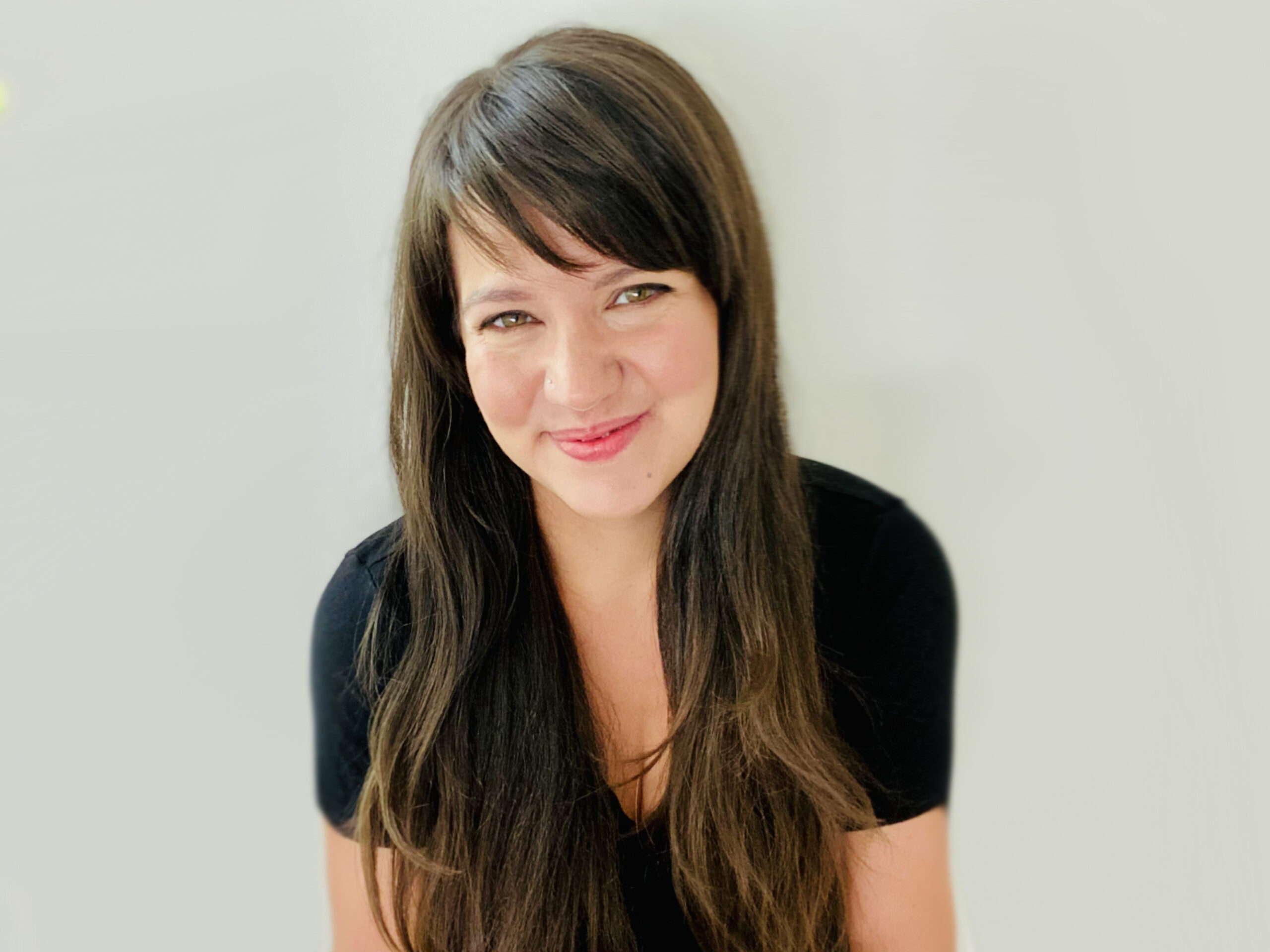
Kristen Webb Wright is the author of three books on journaling. With a passion for writing and self-reflection, Kristen uses her experience with journaling to help others discover the benefits of documenting their thoughts, feelings, and experiences. In her role at Day One, she helps to promote the power of journaling so people from all walks of life can experience the transformative power of journaling.

